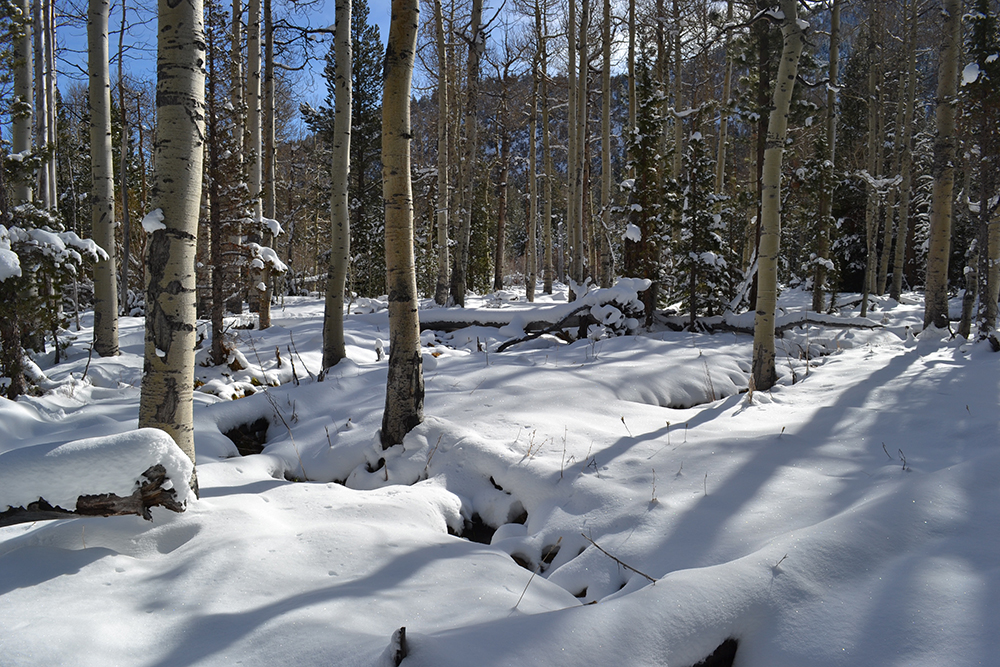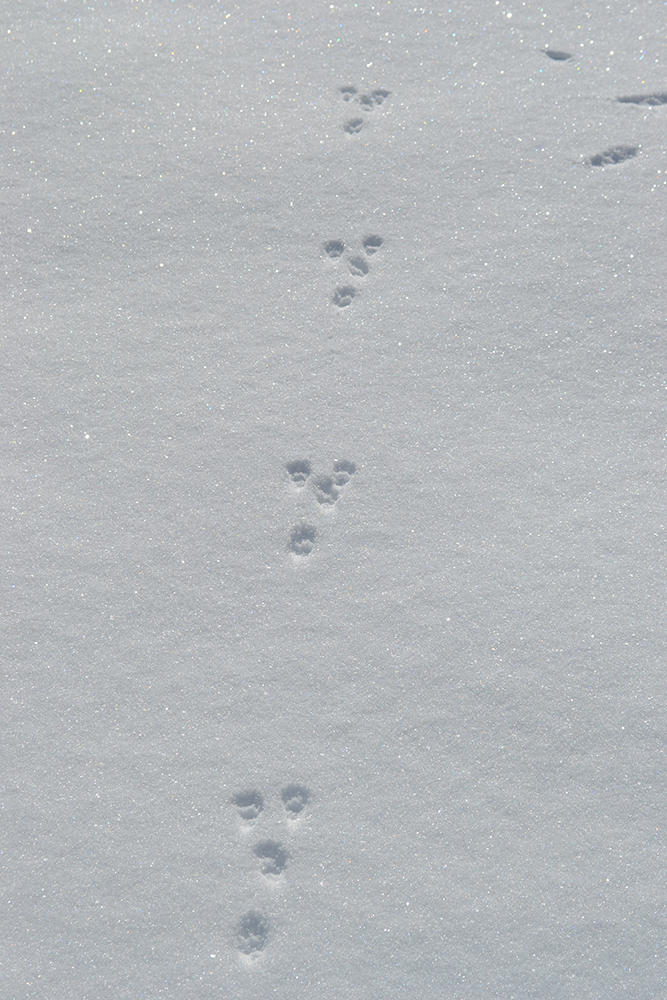
With the winter solstice behind us, winter has officially begun and the days are getting longer! Join us here at Mono Lake for the Winter Ecology field seminar on February 9, 2019 for a guided trip into the mysteries of the winter season.
We’ve had a few winter storms already and we are hoping for lots more! Winter is a unique time to visit the Mono Basin—it’s a time for quiet solitude and reflection, for exploring curiosities on a smaller scale than during the bustle of summer.

One question I hear people ask a lot is “what do animals and birds do to survive in the winter when snow covers the ground or it is so cold that we humans need to add several extra layers to stay warm enough?”
They have three distinct strategies: migration, hibernation, and resistance/tolerance. Migration is when they leave for warmer climes, hibernation is when they stay in the area but are not active, and resistance/tolerance is when they stay but must be active to survive. Each species has adapted to enhance its chances of survival using one of these strategies.

Want to learn more about what animals do in winter? Or perhaps you are more interested in how plants bounce back after a season under snow or in harsh cold conditions. Sign up for our Winter Ecology field seminar on February 9, 2019, and spend a day in the field investigating these topics. Can’t plan a trip here on that date? Set up a custom guided trip to delve deeper into the mysteries of winter.
